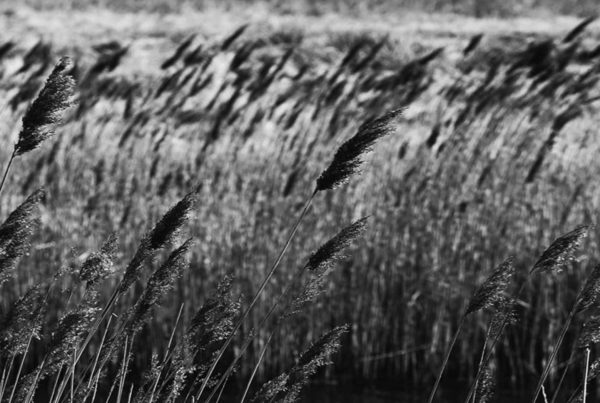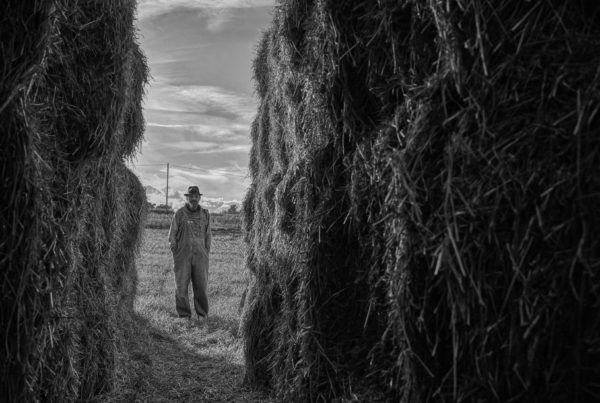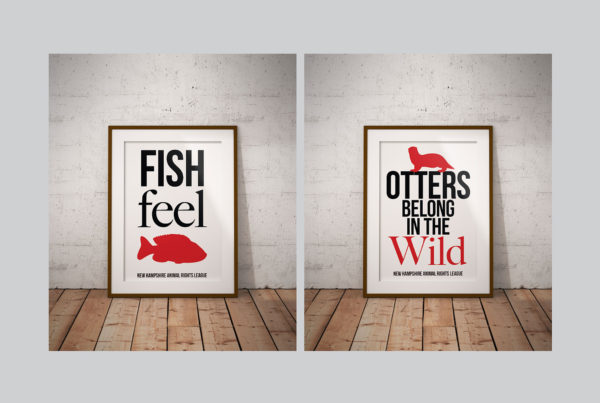River Of No Return by Ray Uriarte. Video by Jo.
TALKING POINTS
- Approximately 80% of the Southern Resident Killer Whales’ diet is Chinook salmon.
- The Snake River watershed is the most important source of salmon for Southern Resident orcas.
- The dams must be breached immediately, there’s no more time to waste continuing studies and observation.
- The longer we wait, the fewer Orcas there will be left to study.
- The Southern Residents live or die based on Chinook salmon abundance.
- NOAA listed the Southern Resident Killer Whales (SRKWs) as endangered in 2005 when there were 88 orcas.
Between 1961 and 1975 the lower Snake River in eastern Washington state underwent a dramatic transformation when four dams were erected to create an inland seaport at Lewiston, Idaho. That transformation has proved costly for riverside communities and taxpayers who continue to subsidize the dams’ existence.
The power produced by the dams and transportation benefits they provide pale in comparison with the billions spent by ratepayers and taxpayers to maintain a broken status quo.
The rapidly rising costs of maintaining the lower Snake River system are presenting significant challenges to the federal agencies that manage the dams. The cost of mitigation hatcheries for lost Snake River stocks is rising a rate of 5 percent annually, and turbine rehabilitation over the next 15 years will require at least $775 million in today’s dollars. A growing set of cost indicators suggest the government can’t continue propping up the system.
Meanwhile, since the construction of the dams, all of the Snake River basin’s wild salmon and steelhead have been listed as endangered or threatened, and several species have been driven to extinction. The demise of Snake River chinook salmon, preyed upon by iconic endangered southern resident orcas in Puget Sound and the Pacific Ocean, is also limiting the orcas’ ability to recover and elevating the urgency for action on the lower Snake River.
For further information visit DamSense.org




